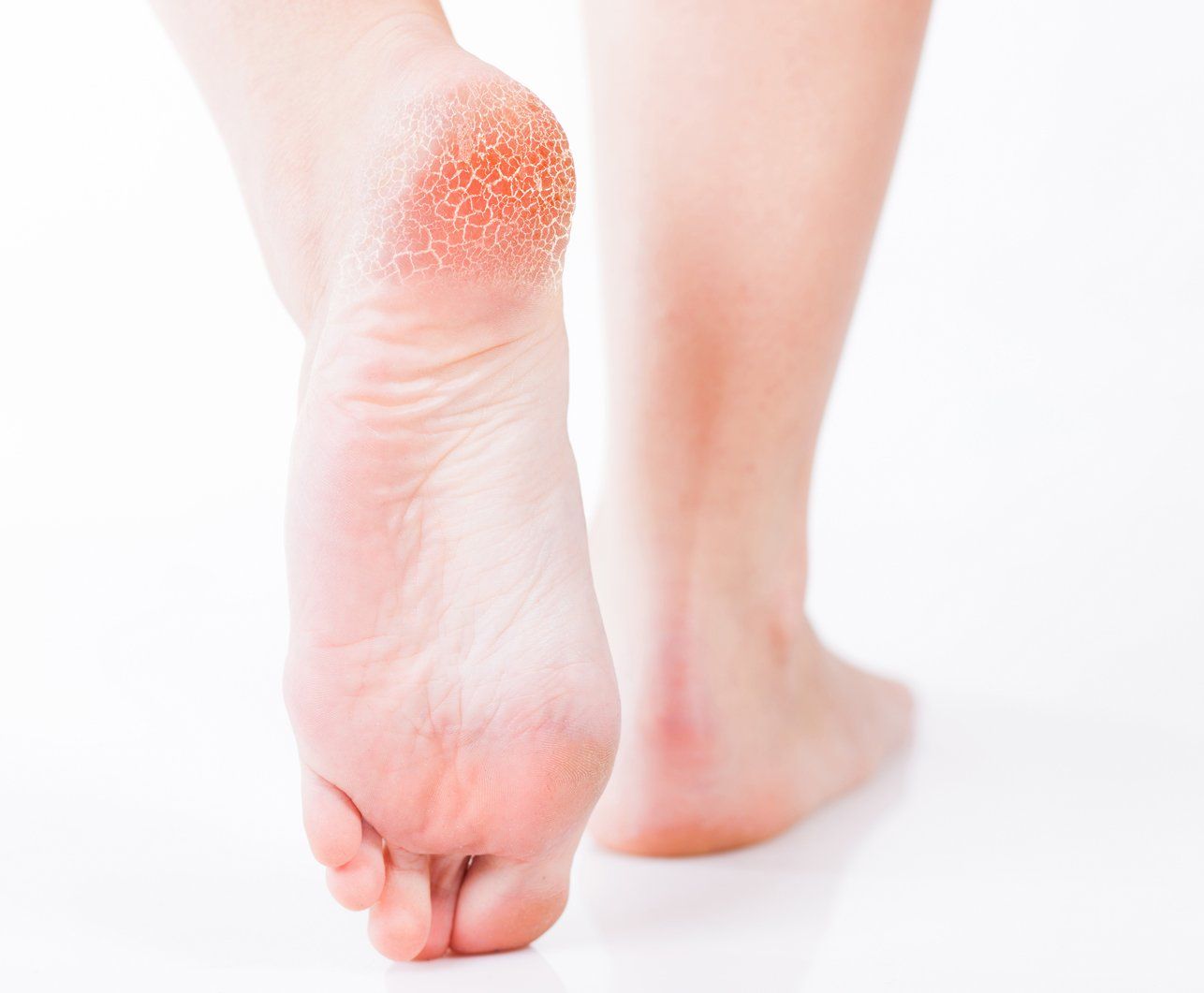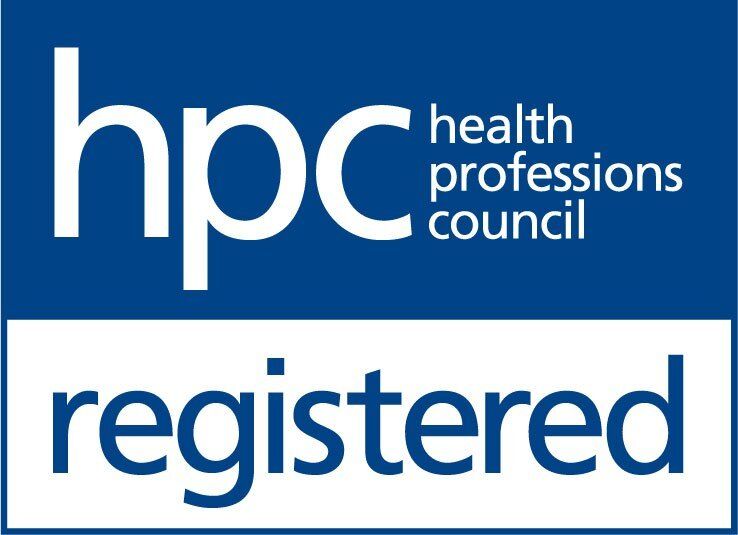Ingrown Toenail
An ingrowing toenail is one that pierces the flesh of the toe. It can feel as if you have a splinter, be extremely painful and inflamed or infected. In more severe cases, it can cause pus and bleeding. Ingrowing toenails most commonly affect the big toenail, but can affect the other toes too. Whereas a nail that is curling (involuted or convoluted) into the flesh, but isn’t actually piercing the skin, isn't an ingrowing toenail but can feel very painful and also appear red and inflamed as well.
There are many genetic factors that can make you prone to ingrowing toenails including your posture (the way you stand), your gait (the way you walk) and any foot deformity such as a bunion, hammer toes or excessive pronation of the feet (when your foot rolls inward excessively). Your nails may also have a natural tendency to splay or curl out instead of growing straight, encouraging your nail to grow outwards or inwards into the flesh.
What is it?
An ingrowing toenail is one that pierces the flesh of the toe. It can feel as if you have a splinter, be extremely painful and inflamed or infected. In more severe cases, it can cause pus and bleeding. Ingrowing toenails most commonly affect the big toenail, but can affect the other toes too. Whereas a nail that is curling (involuted or convoluted) into the flesh, but isn’t actually piercing the skin, isn't an ingrowing toenail but can feel very painful and also appear red and inflamed as well.
What causes it?
There are many genetic factors that can make you prone to ingrowing toenails including your posture (the way you stand), your gait (the way you walk) and any foot deformity such as a bunion, hammer toes or excessive pronation of the feet (when your foot rolls inward excessively). Your nails may also have a natural tendency to splay or curl out instead of growing straight, encouraging your nail to grow outwards or inwards into the flesh.
Tight footwear, hosiery and socks can also push your toe flesh onto the nail so that it pierces the skin. Also, if you sweat excessively or don’t rotate your footwear, this makes the skin moist and weak so that it is easily penetrated by the nail. If you have brittle nails with sharp edges or are in the habit of breaking off bits of nail that are sticking out, you are also more likely to get an ingrowing toenail. In addition, the wearing of support
hose that is ill-fitting and squeezes the toes or likewise, the wearing of shoes with tight toe boxes.
However, one of the most common causes is not cutting your toenails properly such as cutting nails too low in order to relieve the pressure and discomfort of an involuted nail.
Less common is a fungal infection or in some cases particular types of medication, eg. isotretinoin.
Is it serious?
If left untreated, the infection can spread to the rest of the toe and foot and could lead to surgery. The quicker you treat it, the less painful the treatment.
Who gets it?
Active, sporty people are particularly prone, because they sweat more. Younger people are more likely to get it (as they pick their nails more, compared to older people who may not reach their toes!).
How do I know I have it?
The most common symptom is pain followed by some form of inflammation in the surrounding nail area.
However, not everyone identifies an ingrowing toenail correctly. Sometimes, they have a curly nail which has a lot of debris (dirt or fluff) underneath it or a corn or callus down the side of the nail, which can be nearly as painful. However, if it’s a corn, the pain tends to be throbbing as opposed to the sharp pain you get with an ingrowing toenail. If this is the case, your podiatrist will remove the debris, and if necessary, thin the nail.
How do I prevent it?
Firstly, learn to cut your nails properly. Nail cutters aren’t a good idea because the curved cutting edge can cut the flesh and nail scissors can slip. It’s best to use nail nippers (available from chemists) because they have a smaller cutting blade but a longer handle. Cut your nails straight across and don’t cut too low at the edge or down the side. The corner of the nail should be visible above the skin. Also, cut them after a bath or shower when the nail is much softer.
Good hygiene can go a long way to preventing ingrowing toenails. Avoid moist, soggy feet by letting rotating your footwear so each pair has a chance to dry out thoroughly. Avoid man-made materials (synthetics) and choose socks and shoes of natural fibre and which fit properly. Keep your feet clean and dry and in the summer and wear open-toed
sandals to let air get to your toes as much as possible.
If you have diabetes, are taking steroids or are on anti-coagulants, don’t attempt to cut your nails or remove the ingrowing spike of nail yourself.
What are the treatments?
Before you are seen by a podiatrist, you can relieve the discomfort by bathing your foot in a salty footbath which helps to prevent infection and reduces inflammation. Then apply a clean sterile dressing, especially if you have a discharge and rest your foot as much as possible.
How a podiatrist will treat you will depend largely on the severity of your condition:
* For the most basic painful and irritable ingrowing toenail, the offending spike of nail will be removed and covered with an antiseptic dressing.
* For toes too painful to touch, a local anaesthetic will be injected before removing the offending portion of nail.
* For involuted nails, part of the nail that is curling into the flesh is removed and then the edges of the nail are filed to a smooth surface.
* For any bleeding or discharge from an infection, or even excessive healing flesh (hypergranulation tissue) around the nail, antibiotics will be prescribed to beat the infection as well as having the offending spike removed.
For those particularly prone to ingrowing toenails from underlying problems such as poor gait, partial nail avulsion (PNA) may be recommended along with finding a more permanent solution to the underlying condition. This procedure is done under a local anaesthetic where 8-10% of the nail is removed (including the root) so that the nail permanently becomes slightly narrower. The chemical phenol cauterises the nail and prevents it regrowing in the corners. This is over 95% successful. You will, however, have to go back to your podiatrist for a number of re-dressings. After surgery, the overall appearance of the nail looks normal – to the extent that some people even forget which nail they’ve had done!












